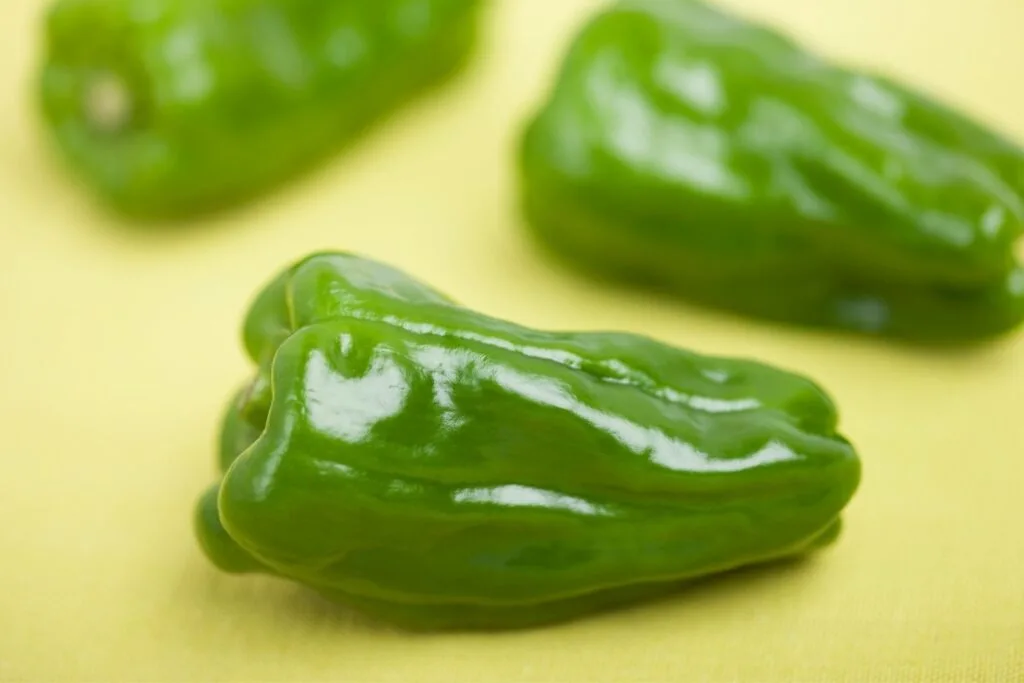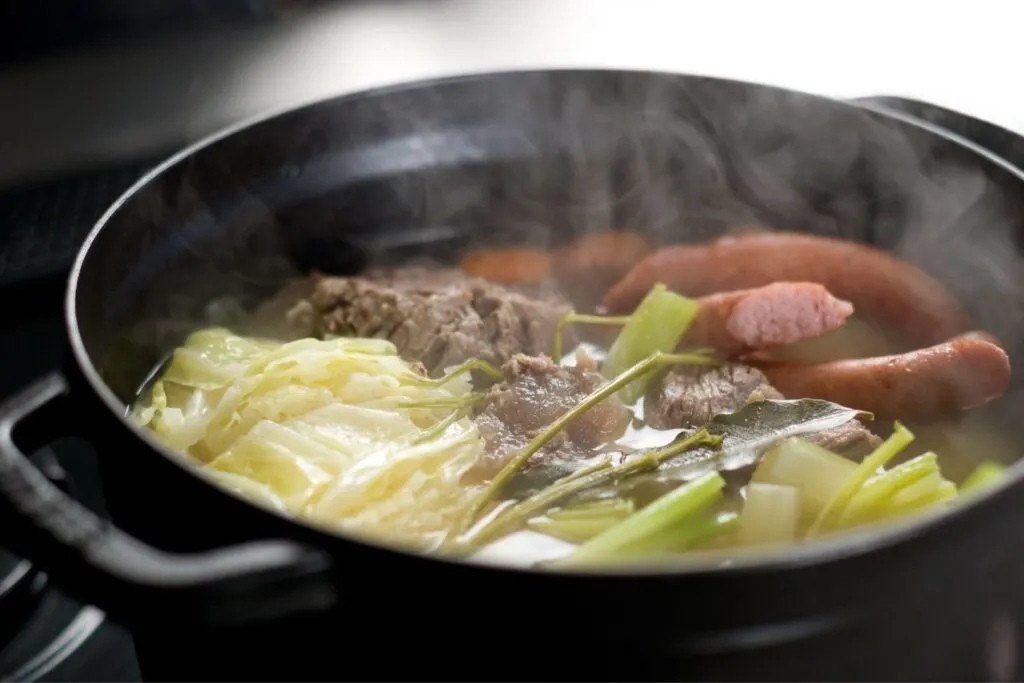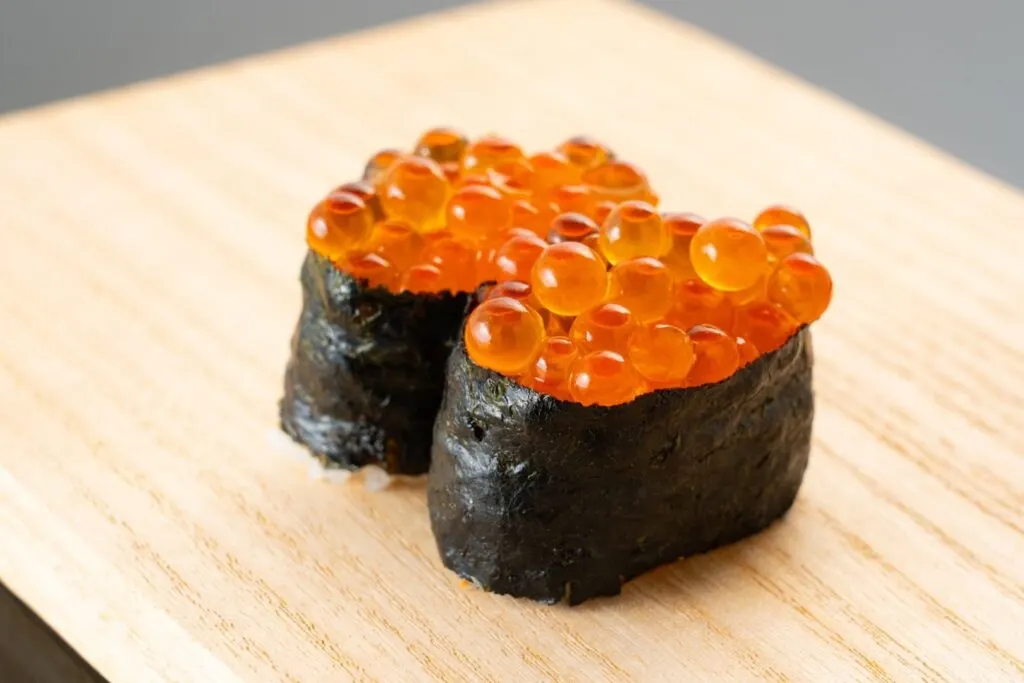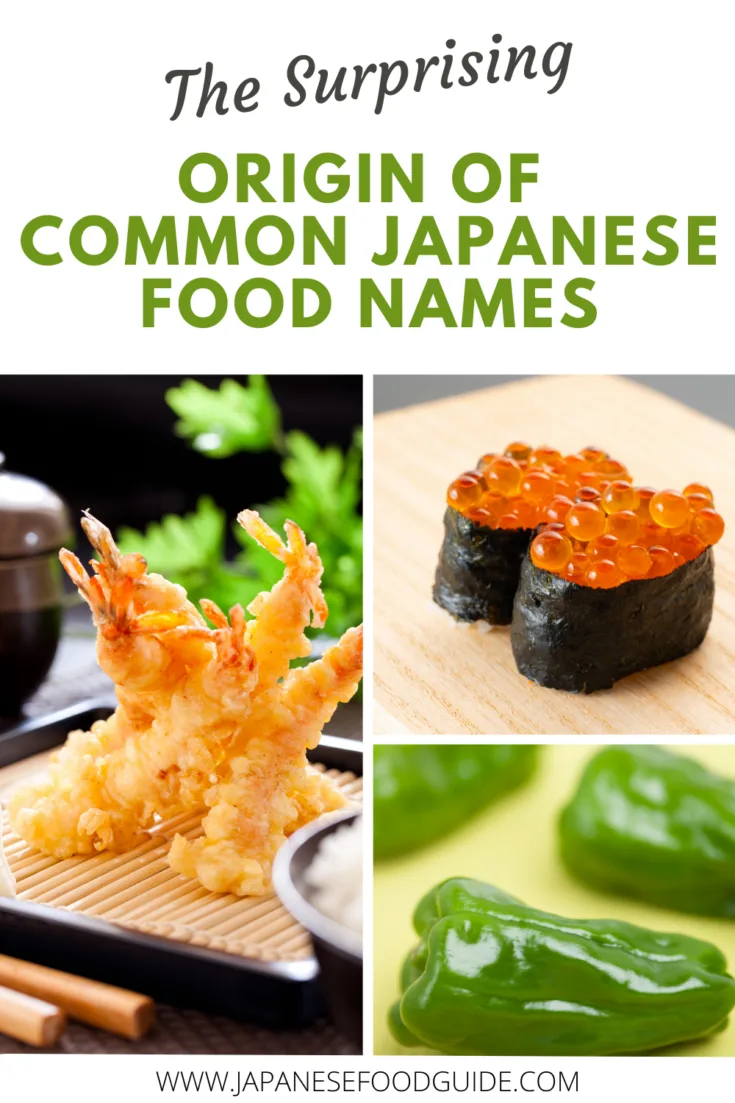Have you ever wondered why bread is called “pan” in Japanese? If so, you’re not alone.
Given that so many loan words in the Japanese language come from English, and allowing for the way sounds that don’t exist in Japanese are phonetized, you might reasonably expect that the Japanese word for bread would be “bureddo”. So just where did “pan” come from?
In this article, we’ll get to the bottom of the “why is bread called ‘pan’” question while also sharing the surprising origin of the words for a number of other common Japanese food names.
Table of Contents
What languages does Japanese borrow from?
According to Margaret Pine Otake, associate professor in the Department of International Language and Culture at Tokyo Seitoku University, 80 to 90% of loan words in the Japanese language today were borrowed from English. But that hasn’t always been the case. A dictionary of the Japanese language published in 1889, she notes, shows more words coming into Japanese from Dutch, with 85 words from Dutch compared to 72 from English.
But the first foreign words adopted in Japan come not from Dutch or English, but from Portuguese. That’s because Japan’s earliest extended exposure to the West began in the mid-16th century, with the arrival of Jesuit priests on a mission from Portugal. And with that contact came the introduction of Western foods and cooking methods.
By now, you’ve probably guessed it: yes, the Japanese word for bread — pan (パン, pronounced “pahn” and written in katakana to distinguish it as a loan word) — comes from the Portuguese word pão, meaning “bread”. It is believed to be one of the earliest words borrowed from a Western language into Japanese.
Other Japanese food names borrowed from Portuguese include tempura (天ぷら and now part of English as “tempura”) and kasutera (カステラ), a still-popular honey sponge cake that’s been made in Japan for over 400 years, based on a recipe for Portuguese “castella” cake.
Japanese Food Names: “Only in Japan” Breads and Mishmash Naming
While the word pan comes from Portuguese, bakers in Japan have never hesitated to combine it with loan words from other languages when coming up with product names for their original creations.

Some of the linguistically mishmashed names for breads you’ll find in Japan include karē-pan (カレーパン), a deep-fried bread filled with curry, a word adopted into Japanese either from English or the Tamil word “kari”; an-pan (餡パン), sweet-dough rolls filled with a paste of adzuki or other beans known as an, a word that originally came from China; and sōsēji-pan (ソーセージパン, a type of roll in which white-bread dough is baked around a whole small sausage).
Some linguists believe the Japanese word for sausage – sōsēji — originated in the Old French word “saussiche”; others think it was more likely borrowed from English.
Why is green pepper “piman” in Japanese?
What about green pepper? Why is this common vegetable, also called ‘bell pepper” in England and the United States, and “capsicum” in Australia, New Zealand and India, known as pīman (ピーマン) in Japanese?
It’s generally believed this name originates in the French word piment, pronounced “pee-mahn” and meaning “pigment”. But this nomenclature is a bit of a mystery because in France a green bell pepper is generally known as “un poivron vert”.

According to Tetsuta Komatsubara, a professor at the Graduate School of Intercultural Studies, Kobe University, chili peppers were introduced to Japan from Portugal in the 16th century. At that time, foreign products arrived in Nagasaki on ships coming from China, so the spicy new import was somewhat inaccurately named tō-garashi, meaning “Chinese mustard”. That’s a compound formed by joining an existing word for mustard, karashi (からし), with an old-fashioned prefix tō- (唐-, meaning “from China”).
The milder sort of sweet peppers came much later, only during the Meiji period (1868-1912), and from the United States, where they were known as green peppers or bell peppers. It’s not clear why a French-like sound was adopted, Komatsubara notes, but many Japanese mistakenly assume pīman comes from English and try to use it when speaking English, much to the confusion of native English-speaker listeners.
By the way, red and yellow sweet peppers are known in Japan as karā pīman, (カラービーマン), that first word being a loaner from the English word “color”. They can also be labeled papurika (パプリカ), from “paprika”, a general term for peppers in a number of European languages, including Hungarian, but actually originates in Sanskrit. Papurika probably entered Japanese from modern Dutch around the 1980s, when red and yellow peppers grown in greenhouses in the Netherlands started being imported to Japan in quantity.
What does “gibier” mean on a menu in Japan?
Another loan word from French that causes confusion in Japan is jibie (ジビエ, pronounced “jee-bee-eh”), from the French word gibier. It refers to meat hunted from animals in the wild, which in Japan, most commonly means deer and boar.
But jibie, which often gets printed on Japanese menus in roman letters as “gibier”, is generally not understood by English speakers. That’s because in English such meats are known as “game” or “wild game”.
Anyone have a recipe for “pot off?”
Speaking of confusion, I remember one occasion when a Japanese friend, near-fluent in English, offered to bring to a pot-luck dinner what sounded to me like “pot off”. I had no idea what she was talking about, which annoyed her greatly. She was sure she was using the right English name!
After much discussion, we established that she was planning to bring the simple French stew known in Japan as potofu (ポトフ). That may not seem far from the French from which it’s borrowed — pot-au-feu — but in Japanese the emphasis falls on the first syllable whereas in French and English it’s said with a rising inflection. That was enough to trip me up.

I had a similar problem with ōdoburu (オードブル) which comes from the French word hors d’oeuvre and refers to, well, an hors d’oeuvre or appetizer served at the beginning of a full course. Here again, the inflection in Japanese is different from French and English, making it harder to connect what you’re hearing to the original language.
Maron
More straightforward is maron (マロン), from the French word marron meaning “chestnut”.
There are varieties of chestnut trees native to Japan, and therefore a homegrown word for both the tree and its edible nut, which is kuri (栗). But when chestnuts are served in Western-style sweets and dishes, they’re described as maron, using the loan word from French.
Ikura
I’ll end with one last example, which frankly was the biggest surprise of all for me: ikura (いくら、イクラ)!
Thanks to the spread of sushi culture, diners around the world know to use this when ordering those lovely ovals of salmon roe atop vinegared rice with a wrapper of nori seaweed. But what they probably don’t know is that ikura is not originally a Japanese word. It’s actually a loan word from Russian!

While in Japan ikura is used specifically for salmon roe removed from the sac-like membrane that encloses the eggs within the fish, and pickled in brine, in Russia, икра (ikra) is a general term for any caviar, or fish roe.
Try sharing this fact at your next sushi fest; you might surprise even your Japanese friends!
Which of these origins of common Japanese food names surprised you the most? Do you have other examples to share?
Pin me for later

Alice Gordenker is a Tokyo-based writer. She started her career in journalism reporting from Washington, DC for food industry trade publications on regulation and legislation. Since relocating to Tokyo more than 20 years ago, Alice has made it her “life work” to provide insight on Japan through various media including newspapers, magazines, television and film.
She is delighted to be an early contributor to Japanese Food Guide, where she can once again focus on great things to eat, and how they are grown or made.

Kaori
Tuesday 1st of February 2022
I knew about Maron but had no idea about Gibier! Wow, I honestly thought that was an original Japanese word. We learn something new every day :D
Walt
Friday 31st of December 2021
Was always told (by japanese friends in Japan) the word "pan" came from the french word "le pain", pronounced almost the same. Who knew?
Sarah Nishina
Saturday 4th of December 2021
Great article! I didn’t know about the ikura or to-garashi. Very interesting. Gibier is confusing indeed. I had no idea what it meant when I first came across the word. Have never heard kangaroo meat being referred to as gibier! :-)